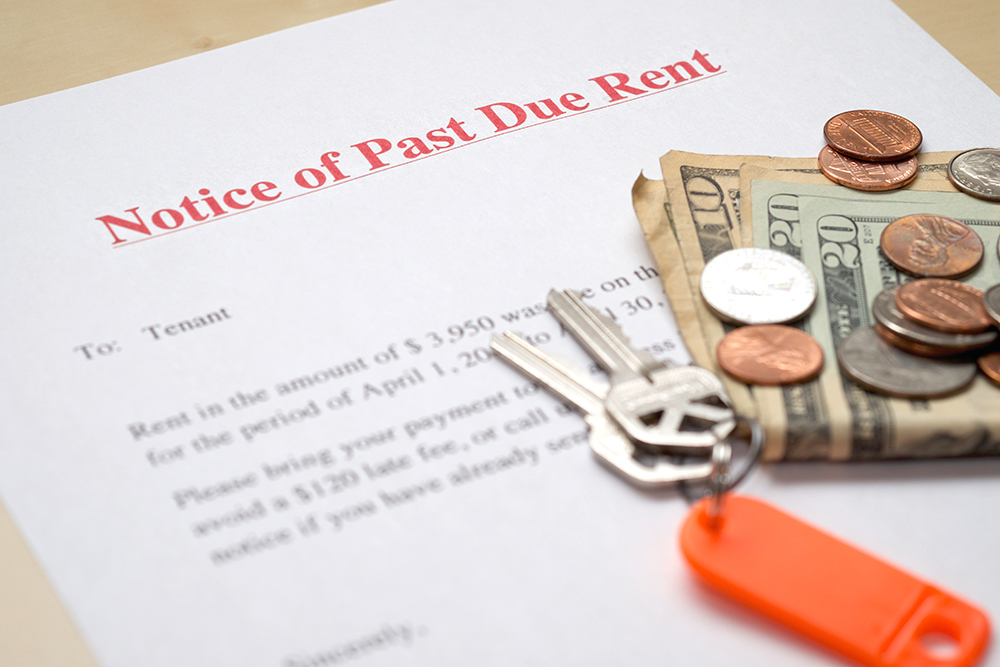

By signing a lease agreement, the tenant and landlord both acknowledge that they understand and agree to the lease terms . If a tenant breaks a term or condition of the lease, the landlord will often send a notice to remedy the violation before proceeding to a formal eviction process .
Generally, there are two kinds of quit notices: conditional (this type is what most people mean when they refer to a “notice to quit”) and unconditional. Before sending a notice to quit form to a tenant, be sure to understand what type of form you need and that you are following your lease terms and applicable laws.
Note: This guide is for informational purposes only. Zillow, Inc. does not make any guarantees about the sufficiency of the information in or linked to from this guide, or that it’s compliant with current, applicable or local laws. Landlord-tenant laws change rapidly and may be regulated at the federal, state and local levels. This resource is not a substitute for the advice or service of an attorney; you should not rely on this resource for any purpose without consulting with a licensed attorney in your jurisdiction.
A notice to quit , or quit notice , is a letter a landlord sends to a tenant to request that they correct a lease violation or vacate the premises. Depending on your state, this may be the first step of the formal eviction process. However, a notice to quit is not typically a legal notice to vacate, which is most often administered by a court. Since landlord-tenant laws vary by state, it’s important to speak with a local attorney to determine the best course of action.
Unlike a traditional notice to quit, an unconditional notice to quit requires the tenant to vacate the property without a chance to correct the lease violation. A landlord will generally send an unconditional quit notice in response to illegal activity. Unlike an eviction, which typically has a lengthy legal process, an unconditional notice to quit can require the tenant to vacate immediately (depending on the location and circumstances). Whether a landlord can send an unconditional notice to quit will depend on local laws, so be sure to consult an attorney in your area before sending an unconditional notice to quit to your tenant.
At a minimum, a tenant must violate a term of the lease before you may send a notice to quit . Local laws vary, but typically the process leading up to a notice to quit looks something like this:
Each lease is different, but here are some examples of common lease violations:
Need a new lease for your rental? You can create a customizable online lease agreement for free in select areas using Zillow Rental Manager.
For more articles, tips and trends about being a landlord and managing properties, visit our Rentals Resource Center .